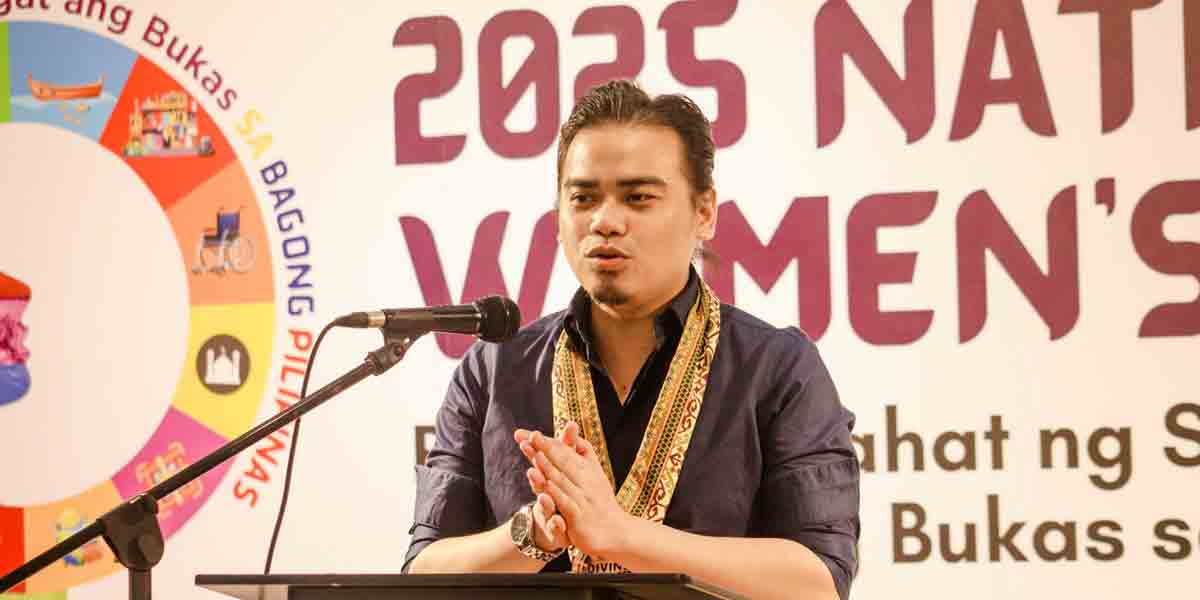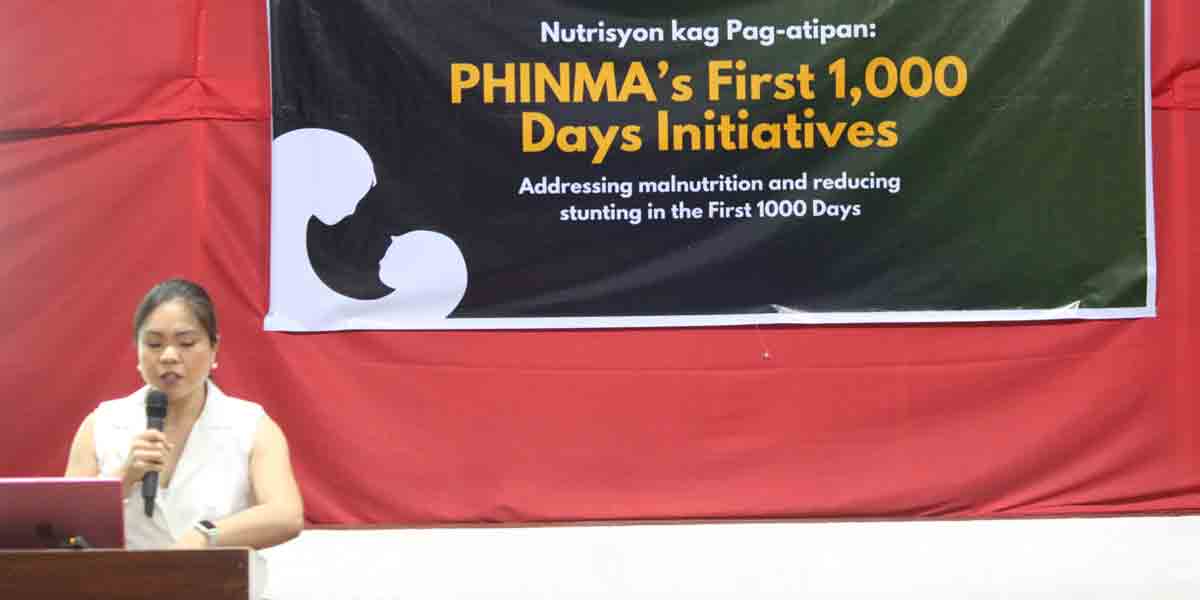
The World Health Organization (WHO) has issued vital new technical guidance to enhance hearing aid services in low- and middle-income regions.
The guidance advocates for practical strategies to establish and improve services in settings with a dearth of resources for hearing evaluation, hearing aid fitting, and maintenance.
In a concerted effort to bridge the service gap in ear and hearing care, the WHO, with backing from the ATScale Global Partnership for Assistive Technology, recommends task-sharing between specialists and trained non-specialists.
The innovative approaches delineated—one tailored for adults and another for children aged five and above—are complemented by materials outlining ear care best practices, hearing aid usage, and support for individuals with hearing loss.
Dr. Bente Mikkelsen of WHO stresses the global challenge of unaddressed hearing loss, which affects over 400 million people and carries an annual cost exceeding $1 trillion. “With a critical shortage of specialists, it’s time to transform traditional service delivery,” she asserts.
This year’s World Hearing Day theme, ‘Changing mindsets: Let’s make ear and hearing care a reality for all,’ underscores the need to dispel widespread misconceptions about hearing loss prevalent among the public and healthcare providers alike.
Current societal and healthcare mindsets significantly hamper access to essential hearing care. WHO’s guidance aims to tackle these barriers by employing non-specialists to expand service capacity and challenging the stigmatized views that hearing loss is an inescapable aspect of aging or that hearing aids are ineffective or prohibitively expensive.
Dr. Shelly Chadha from WHO emphasizes that correcting myths is imperative to encouraging individuals to seek necessary services. In conjunction with health system improvements, societal awareness must be raised to combat stigma surrounding ear and hearing care.
In response to these challenges, WHO has developed information resources aimed at public enlightenment and aiding primary health care providers in integrating ear and hearing care into their services.
WHO calls on governments to incorporate ear and hearing care into primary healthcare, utilize community-based service models, and initiate awareness campaigns to tackle the stigma associated with hearing loss.
Healthcare providers, civil society, parents, teachers, and medical professionals are urged to utilize WHO’s materials to educate and emphasize the significance of ear and hearing care.

























